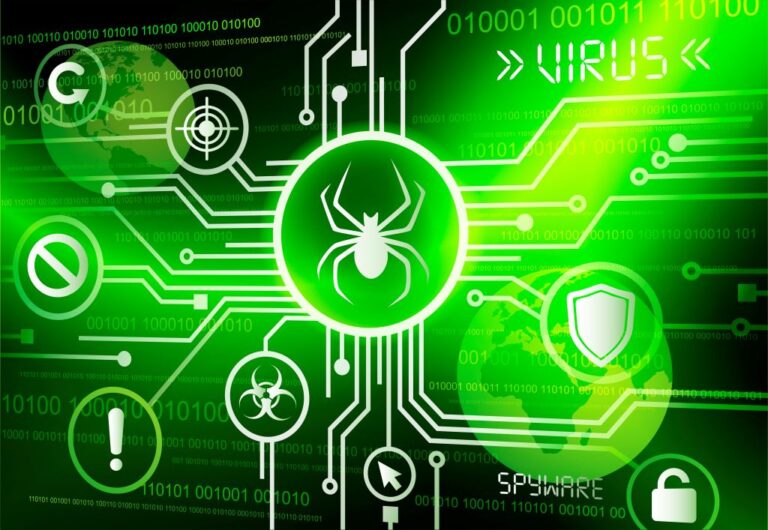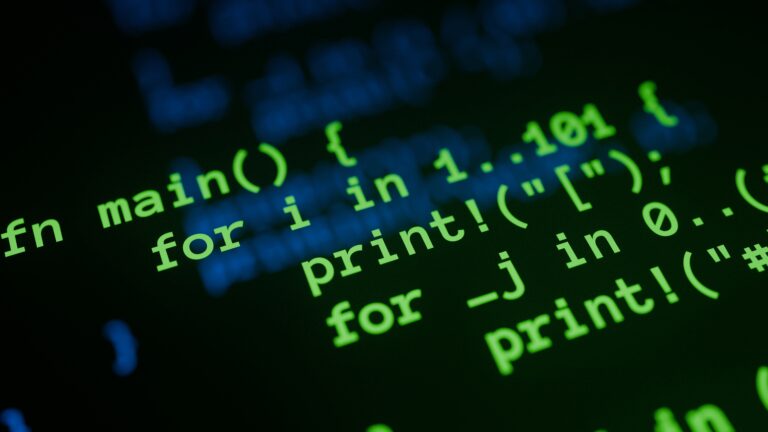Blue Teaming Certifications and Learning Pathways

In the field of cybersecurity, blue teaming is crucial for defending organizations against cyberattacks. Blue teamers focus on monitoring, detecting, and responding to security threats to protect sensitive information and infrastructure. Whether you’re starting in the industry or looking to enhance your expertise, certifications can help validate your skills and advance your career. This article explores free ways to learn blue teaming skills and outlines a logical pathway to pursuing key certifications.
Free Ways to Learn Blue Teaming Skills
Before diving into certifications, it’s beneficial to explore free resources to build a solid foundation in blue teaming concepts. Many platforms and tools provide opportunities to learn, practice, and develop skills without incurring costs.
Online Platforms and Courses
🔸Cybrary: Offers free courses on incident response, SIEM (Security Information and Event Management), and other blue team topics.
🔸Microsoft Learn: Provides free training on Azure Security, Microsoft Defender, and Sentinel, which are valuable tools for blue teamers.
🔸YouTube Channels: Channels like John Hammond, NetworkChuck, and The Cyber Mentor have excellent tutorials on blue team tools and techniques.
Hands-On Labs
🔸RangeForce Community Edition: Interactive cybersecurity training with modules covering blue team skills like log analysis and threat hunting.
🔸TryHackMe (Blue Team Path): A structured learning path with real-world labs covering network defense, incident response, and SIEM management.
🔸Immersive Labs: Free trials with gamified challenges for blue team skills like forensic analysis and malware detection.
Open-Source Tools
🔸Wireshark: For network traffic analysis.
🔸Splunk (Free Tier): Learn log management and SIEM skills using its free version.
🔸Security Onion: A platform combining tools for intrusion detection, log analysis, and threat hunting.
Free resources can take you far, but certifications demonstrate your proficiency and dedication to blue teaming. Let’s explore the most important certifications and a recommended pathway to pursue them.
Blue Teaming Certifications: A Logical Pathway
Certifications in blue teaming focus on areas like security monitoring, incident response, and forensic analysis. The pathway outlined below takes you from beginner to expert-level certifications.
Foundational Certifications
CompTIA Security+
Overview: This entry-level certification covers fundamental cybersecurity concepts, including risk management, network security, and threat analysis.
Why It’s Important: It provides the essential knowledge required for more specialized blue team certifications.
🔸Prerequisites: None.
🔸Cost: ~$392 USD.
🔸Study Resources: Free YouTube tutorials, Cybrary courses, and practice exams on ExamCompass.
CompTIA Cybersecurity Analyst (CySA+)
Overview: CySA+ focuses on behavioral analytics, threat detection, and incident response using SIEM tools and threat intelligence.
Why It’s Important: It’s specifically designed for blue teamers, providing hands-on skills for analyzing and mitigating security threats.
🔸Prerequisites: Security+ or equivalent experience recommended.
🔸Cost: ~$392 USD.
🔸Study Resources: Practice labs on TryHackMe, and Cybrary’s CySA+ course.
2. SIEM and Threat Detection Certifications
Splunk Core Certified User
Overview: This certification demonstrates proficiency in using Splunk for log management, data visualization, and search queries.
Why It’s Important: SIEM tools like Splunk are central to blue teaming for analyzing logs and detecting anomalies.
🔸Prerequisites: Basic familiarity with Splunk.
🔸Cost: ~$125 USD.
🔸Study Resources: Splunk’s free training courses and labs.
Microsoft Certified: Security Operations Analyst Associate
Overview: Focuses on using Microsoft Sentinel, Defender, and other Azure security tools to monitor, detect, and respond to threats.
Why It’s Important: Many organizations use Microsoft security tools, making this certification highly relevant.
🔸Prerequisites: Basic knowledge of Azure security.
🔸Cost: ~$165 USD.
🔸Study Resources: Free Microsoft Learn courses.
3. Advanced Blue Team Certifications
Certified Incident Handler (GCIH)
Overview: A certification by GIAC focusing on incident response, attack detection, and containment strategies.
Why It’s Important: Incident response is a key blue team function, and this certification ensures you’re prepared to handle real-world incidents.
🔸Prerequisites: Experience in security operations or incident response.
🔸Cost: ~$2,499 USD (exam + training).
🔸Study Resources: SANS courses, although expensive, are comprehensive.
Blue Team Level 1 (BTL1)
Overview: BTL1 provides hands-on training in areas like threat hunting, log analysis, and malware detection.
Why It’s Important: It’s a practical certification for blue teamers, emphasizing real-world scenarios and tools.
🔸Prerequisites: Familiarity with basic blue team concepts.
🔸Cost: ~$299 USD.
🔸Study Resources: Blue Team Labs Online platform.
4. Expert-Level Certifications
GIAC Certified Detection Analyst (GCDA)
Overview: GCDA is designed for analysts specializing in detecting and interpreting malicious activity using SIEM tools and log analysis.
Why It’s Important: It positions you as a skilled threat detection specialist with advanced analysis capabilities.
🔸Prerequisites: Experience with SIEM tools and network traffic analysis.
🔸Cost: ~$2,499 USD.
🔸Study Resources: SANS training, combined with practice on Splunk or ELK Stack.
Certified SOC Analyst (CSA)
Overview: CSA focuses on developing skills for Security Operations Center (SOC) roles, including threat monitoring and escalation procedures.
Why It’s Important: SOC roles are central to blue teaming, and this certification ensures you’re prepared for the demands of the job.
🔸Prerequisites: Knowledge of basic cybersecurity tools and practices.
🔸Cost: ~$450 USD.
🔸Study Resources: EC-Council training material and hands-on SOC simulations.
Blue teaming is a critical aspect of cybersecurity, offering opportunities to work on the front lines of defense against cyber threats. With the right blend of free resources, hands-on practice, and certifications, you can build a successful career in this field.
Certifications not only validate your skills but also demonstrate your commitment to mastering cybersecurity defense. Start with foundational certifications, specialize in key areas like SIEM or incident response, and continue advancing through hands-on and expert-level credentials.
Remember, blue teaming isn’t just about earning certifications; it’s about staying vigilant, continuously learning, and protecting the systems that keep our world connected.
Feature image courtesy freepik.com





